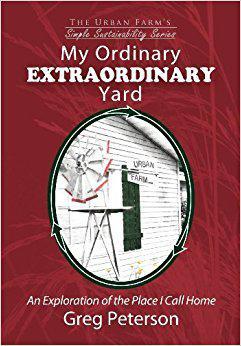What is Permaculture, Anyway?
 “Permaculture” is a term popping up all over the urban farming world nowadays, but what exactly does it mean? How is a permaculture farm any different than a farm that uses organic or sustainable practices? The truth is, it’s not an easy concept to define. In order to bring you the most accurate and well-rounded description possible, I’ve taken a look at definitions from multiple sources and here’s what I discovered:
“Permaculture” is a term popping up all over the urban farming world nowadays, but what exactly does it mean? How is a permaculture farm any different than a farm that uses organic or sustainable practices? The truth is, it’s not an easy concept to define. In order to bring you the most accurate and well-rounded description possible, I’ve taken a look at definitions from multiple sources and here’s what I discovered:
The founder of permaculture, Bill Mollison, describes permaculture as a “philosophy of working with, rather than against nature; of protracted and thoughtful observation rather than protracted and thoughtless labour; and of looking at plants and animals in all their functions, rather than treating any areas of a single-product system.” Graham Bell, author of The Permaculture Way, says that permaculture is a “harmonious integration of the landscape with people,” and involves systems which have the “diversity, stability, and resilience of natural ecosystems.” Essentially, it is a way of producing our human needs by mimicking nature. To me, this means that instead of using inputs like pesticides and fertilizers, we should create a self-sustaining landscape that takes care of all those processes itself. It’s all in the design. Leonardo da Vinci understood this concept well. He is famously quoted stating that “human subtlety will never devise an invention more beautiful, more simple or more direct than does Nature, because in her inventions, nothing is lacking and nothing is superfluous.”
You know what they say—if you can’t beat ’em, join ’em. This saying can be extended to our relationship with nature—since humans have not been able to create any system that is more complete and holistic than nature itself, why not try to utilize functions provided by nature in our gardens rather than try to intervene with less-than-perfect human-created methods? In permaculture, just as in nature, there is no such thing as waste—instead, the excess is returned to the system as an input. It’s a cycle, and can be achieved through creative and innovative design in your garden.
Want to become an expert in permaculture? Courses are being offered all over the world in which you can earn a Permaculture Design Certificate. A quick Google search is all it takes to find out where courses are being held near you.







